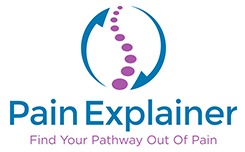Release Yourself
From The Grip
Of Pain
Acute and Chronic Pain are not the same.
While the pain may feel the same in our day-to-day lives, Acute Pain and Chronic Pain are very different. They are two different stages in the evolution of pain.
Each stage works differently in the body and need to be understood independently if we are to treat it effectively.
If you’re here on this site, you’re looking for answers about how to manage your pain.
To do that, we need to make sure you understand how your pain is caused and manifests itself through your body and brain.
When that happens, and you know the causes of your specific pain, your treatment options become more specific and precise.
There are only Two Types of Pain
Simply put, you have Acute or Chronic Pain. These are fundamentally different in terms of the neural pathways, pathology, and treatment options.You either have
Acute OR Chronic Pain

Acute Pain is short-term pain that can potentially lead to chronic pain.
It is physiologically different from chronic pain.
Chronic Pain is long-term pain that can persist after the initial acute pain phase on an injury, illnes, etc..
The body has a different physiological response to chronic pain than it does to acute pain.
ReliefConnection.com
We are your CBD Connection. Seeking deep pain relief & support from the inside out? ReliefConnection.com is a trusted source for quality CBD products we believe can make a difference for people living with chronic pain and anxiety, seeking better sleep and supporting general wellness. Enter Code RELIEF10 for a discount at checkout!
Featured Resource
There are Specific Causes and "Pathways" of Pain
This is crucial. Understanding how your specific pain flows through your body helps you find the path towards better treatment options.What Causes Pain?
Simply put, pain is caused whenever there is tissue damage in the body.
Damage can be the result of cuts, impacts, heat, cold, pressure, stretching, and even chemical, viral, and metabolic causes.
Each type of tissue has its own type of pain.
When a cell in the tissue is damaged, it releases a chemical that causes inflammation, which triggers pain.
Muscle Damage
Muscle damage can cause cramping pain or throbbing pain.

Nerve Damage
Nerve damage can cause sharp, intense shooting pain.
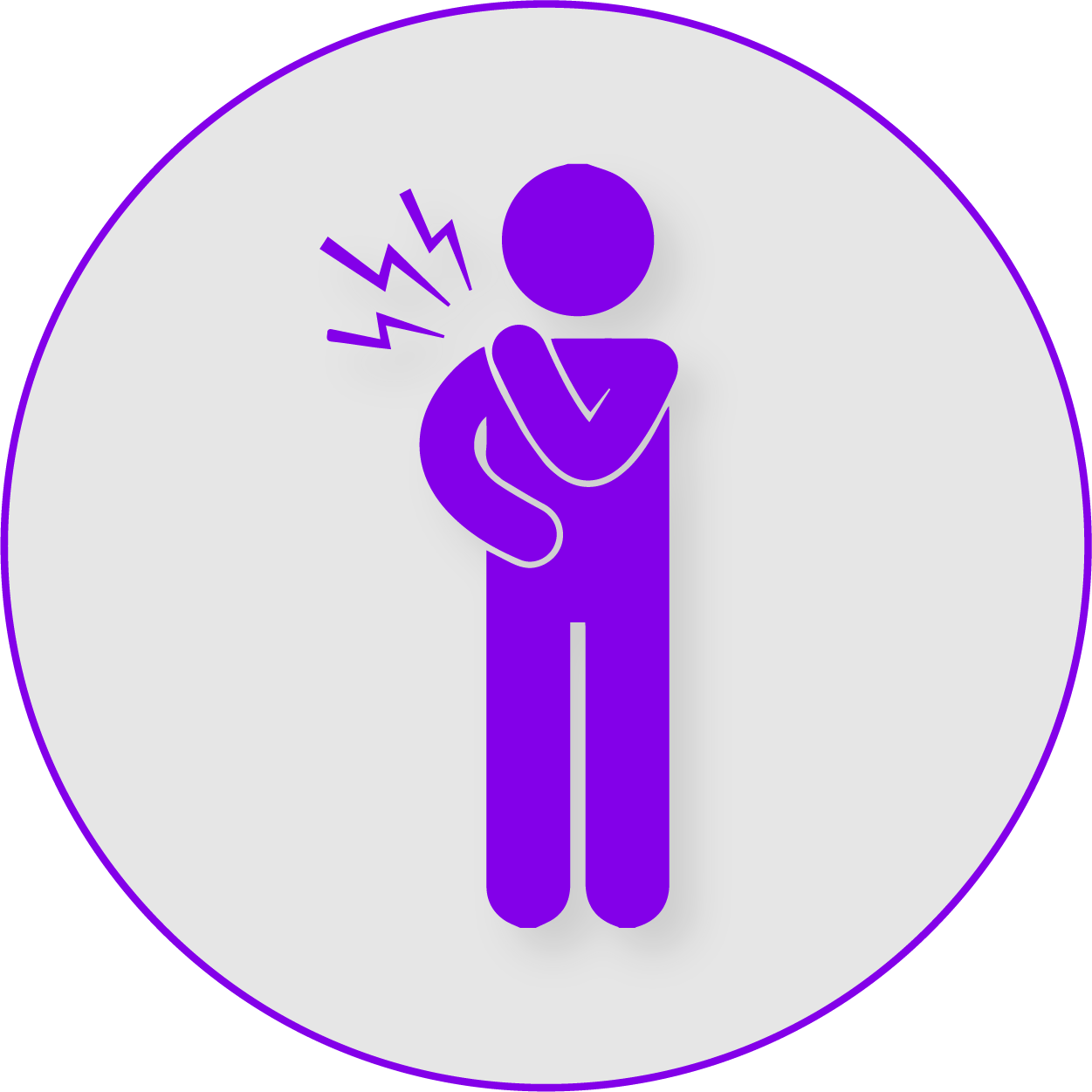
Blood Vessel Damage
Blood vessel damage may cause a throbbing, pounding pain.
Pathways of Pain

If pain persists for a long period of time, the neurological pathway in the brain switches over from the acute pain pathway to the chronic pain pathway. This occurs after about 6 months of prolonged pain.
Along with pain, chronic pain sufferers start to develop other neurological-related issues.
Top among them, and often first to manifest is difficulty sleeping. Natural sleep, or deep sleep known as REM stages 3 & 4, is dependent upon a build-up of serotonin in the brain. This is disrupted by chronic pain.
Similarly, after 6 months, people can also develop depression and anxiety related to chronic pain and the neurological pathways.
